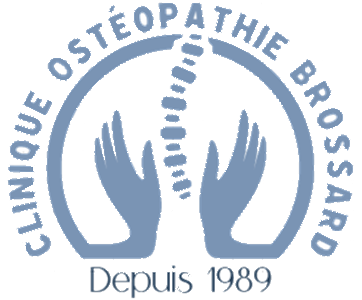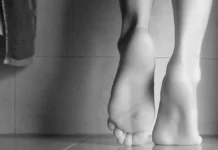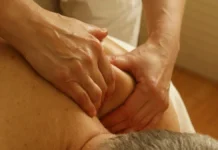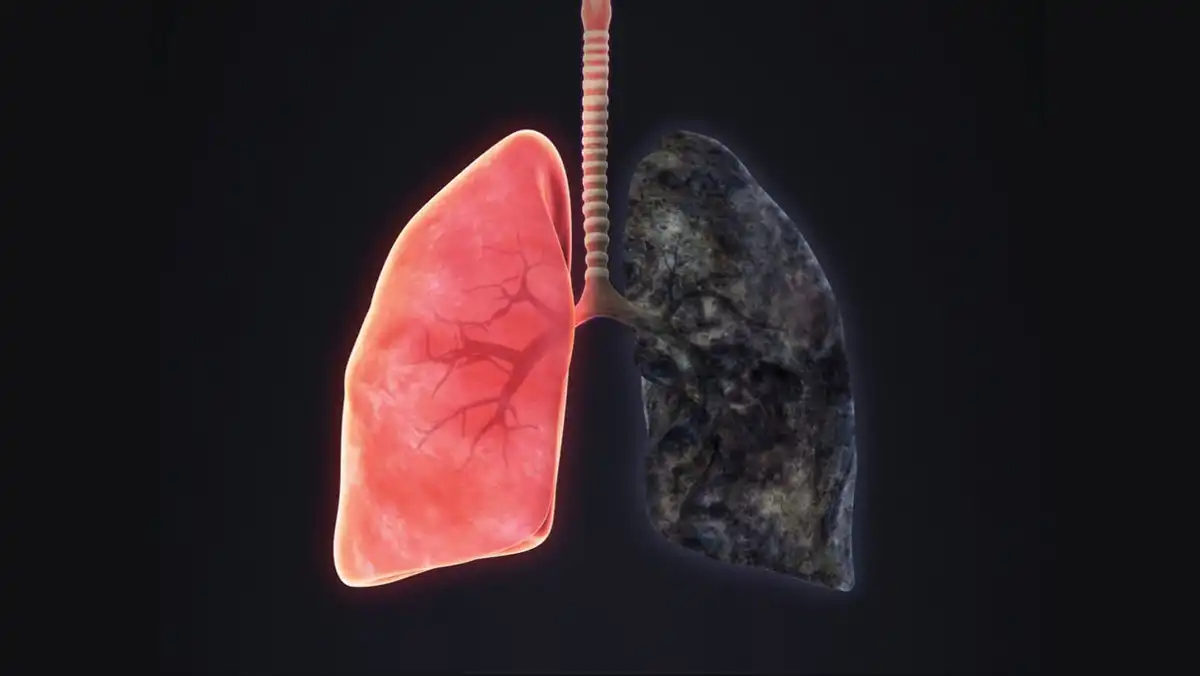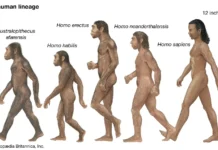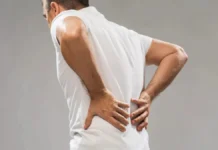Shoulder biomechanics, a complex and crucial area of human anatomy, is of particular importance when understanding the impact on rotator cuff tendonitis.
Introduction
This anatomical region, composed of muscles and tendons that facilitate mobility and stabilization of the shoulder, is subject to specific biomechanical stresses which, when unbalanced, can lead to the development of rotator cuff tendinitis.
The rotator cuff muscles, including the supraspinatus, infraspinatus, subscapularis, and teres minor, play a critical role in the movement and stabilization of the shoulder. However, imbalances in the biomechanics of this joint, often due to a combination of factors such as overuse, poor posture, or previous injuries, can lead to undue stress on the rotator cuff tendons.
The impact of altered biomechanics on rotator cuff tendonitis typically manifests as pain, muscle weakness, and decreased shoulder mobility. When the rotator cuff tendons are repetitively stressed in disadvantageous positions, it can lead to inflammation, microtrauma, and eventually the development of tendinitis.
Understanding shoulder biomechanics in the context of rotator cuff tendonitis is essential for developing appropriate prevention and treatment approaches. Targeted muscle strengthening exercises, posture correction, and techniques to improve overall shoulder biomechanics can play a crucial role in managing this painful condition.
Compression and Friction in Shoulder Injuries
When the arm is raised, the humeral head, the arm bone, exerts pressure on the rotator cuff tendons as it passes under the acromion, part of the shoulder blade. This natural movement is essential for many daily activities, but it can also cause problems when repeated excessively or inappropriately.
Repetitive activities, such as constant lifting of the arm, can lead to increased compression of the tendons between the humeral head and the acromion. This compression can be exacerbated by factors such as muscle imbalances, poor posture or incorrect movements.
Constant compression of the tendons can lead to repeated friction, particularly when there are directional changes or rotation of the arm. This continued friction can damage tendons over time, causing microtrauma and tissue damage. As a result, inflammation can develop, eventually leading to a condition known as tendinitis.
Rotator cuff tendinitis is a common condition that presents with pain and tenderness in the shoulder, especially when lifting or rotating the arm. This pain may be mild at first, but it may become more intense and persistent over time, affecting the person’s ability to perform normal daily activities.
To prevent excessive compression and friction of the rotator cuff tendons, it is important to maintain good lifting technique and avoid repetitive movements that could worsen strain on the shoulder. Additionally, it is crucial to strengthen the shoulder muscles and maintain good flexibility to reduce the risk of injury.
Shoulder Instability: Causes and Consequences
Shoulder instability is a common problem that can have significant consequences on a person’s health and well-being. This condition can result from a variety of factors, each contributing to the fragility and vulnerability of the shoulder joint.
An unstable shoulder can be caused by weak or unbalanced rotator cuff muscles. The rotator cuff is a group of muscles and tendons that surround and stabilize the shoulder joint. When these muscles are weakened or not functioning properly, they cannot provide adequate support to the shoulder, which can lead to instability and excessive mobility of the joint.
Additionally, ligamentous laxity, which is loosening or damage to the ligaments that stabilize the shoulder, can also contribute to instability. Ligaments are fibrous tissues that connect bones together and help maintain the structural integrity of the joint. When they are stretched or damaged, they can no longer perform their stabilizing role, leading to increased movement and instability of the shoulder.
Additionally, anatomical abnormalities, such as developmental defects or variations in shoulder bone structure, may also play a role in the development of instability. These abnormalities can affect the way bones articulate with each other, which can cause misalignment or imbalance in the joint and contribute to instability.
Shoulder instability can have detrimental consequences, including increasing the load on the rotator cuff. When the shoulder is unstable, the rotator cuff muscles have to work harder to stabilize the joint and maintain its position. This overload can lead to increased muscle fatigue and an increased risk of injury, including the development of tendinitis.
Rotator cuff tendonitis is a painful condition characterized by inflammation of the rotator cuff tendons. Shoulder instability can contribute to this inflammation by increasing pressure on the tendons and disrupting their normal function. As a result, tendinitis may develop, leading to pain and discomfort in the shoulder, especially when lifting or rotating the arm.
To prevent shoulder instability and its associated complications, it is important to strengthen the rotator cuff muscles, maintain good posture, and practice shoulder stretching and stabilization exercises.
Bad posture
A forward posture with rounded shoulders is a common position and often caused by sedentary lifestyle habits, computer work, or carrying heavy bags. This altered posture can have a damaging effect on shoulder health, particularly on the joint mechanics and stability of this complex joint.
When the shoulders are rounded forward, this has the effect of moving the humeral head forward as well. The humeral head is the arm bone that articulates with the shoulder blade to form the shoulder joint. This forward movement changes the normal joint mechanics of the shoulder, which can lead to a range of problems.
One of the most important consequences of this poor posture is the increased tension exerted on the rotator cuff tendons. The rotator cuff is a group of muscles and tendons that surround and stabilize the shoulder joint. When the humeral head is displaced forward due to poor posture, it creates excessive strain on the rotator cuff tendons.
In particular, during arm lifting movements, such as raising the arm to grasp an object or to perform daily tasks, these excess tensions are exacerbated. The rotator cuff tendons have to work harder to stabilize the shoulder and maintain its position, which can lead to increased muscle fatigue and increased risk of injury.
Additionally, this poor posture can also lead to muscle imbalance around the shoulder. Some muscles may become overactivated and tight, while others may become weak and elongated. This muscle imbalance can disrupt shoulder stability and increase the risk of injury and pain.
To correct this poor posture and reduce tension on the rotator cuff tendons, it is important to work on strengthening the muscles of the back, shoulders and neck, as well as stretching the pectoral and anterior muscles of the back. ‘shoulder. Additionally, it is essential to practice good ergonomics at work and at home, maintaining correct posture when using a computer, lifting objects, and performing other daily activities.
Impact of Repetitive Movements on Rotator Cuff Tendonitis
Repetitive arm movements are common in many professional and sporting activities. Whether throwing in sports such as baseball or tennis, or specific occupational movements in fields like construction or automobile repair, these movements can place undue stress on the rotator cuff tendons of the shoulder.
When these movements are performed repeatedly and sustainably, they can cause overuse of the rotator cuff tendons. Overuse occurs when tendons are put under constant and excessive stress, without sufficient time to recover and regenerate between periods of activity.
This progressive overuse of the tendons can lead to chronic inflammation, a process known as tendinitis. Rotator cuff tendonitis is a painful condition characterized by inflammation of the tendons that surround and stabilize the shoulder joint. This inflammation can cause persistent pain in the shoulder, especially when lifting or rotating the arm.
In addition to overuse, other factors can contribute to the development of rotator cuff tendonitis in people exposed to repetitive movements. For example, poor movement technique or incorrect posture can increase stress on the tendons and worsen inflammation.
Likewise, muscular imbalances or weakness in the rotator cuff muscles can make the tendons more susceptible to injury and inflammation. The rotator cuff muscles play a crucial role in stabilizing the shoulder during arm movements, and any weakening or imbalance in these muscles can compromise the health and function of the joint.
To prevent rotator cuff tendonitis in people exposed to repetitive movements, it is important to take steps to reduce stress on the tendons and promote their recovery. This may include frequent breaks during periods of activity, exercises to strengthen and stretch the rotator cuff muscles, and adopting proper movement technique and correct posture.
Muscular Imbalances and Their Impact on Rotator Cuff Tendonitis
A muscular imbalance between the stabilizer and mobilizer muscles of the shoulder can have significant consequences on the health of the rotator cuff. For example, weakness in the stabilizing muscles of the scapula can lead to shoulder instability, thereby increasing the load on the rotator cuff tendons during arm movements.
When the stabilizing muscles of the scapula do not work properly to maintain shoulder stability during movements, the rotator cuff muscles can become overloaded and fatigued more quickly. This increases the risk of tendonitis developing, as the tendons are put under excessive stress without adequate support from the surrounding muscles.
In conclusion, rotator cuff tendinitis is closely related to shoulder biomechanics, including muscle balance. Factors such as repetitive compression and rubbing, shoulder instability, poor posture, repetitive movements and muscle deficits can all contribute to the development of this painful condition.
Management of rotator cuff tendinitis often requires a multidisciplinary approach. This may include interventions to reduce inflammation, strengthen the rotator cuff muscles, correct posture, and treat muscle imbalances or shoulder instability.
Conclusion
In summary, shoulder biomechanics is a crucial aspect to consider in understanding and treating rotator cuff tendonitis. This condition often results from muscle imbalances, repetitive movements, poor posture, and shoulder instability, which puts excessive pressure on the rotator cuff tendons.
These factors can lead to inflammation and microtrauma of the tendons, thereby causing tendinitis.
By working on muscle strengthening, posture correction and preventing harmful repetitive movements, we can reduce the risk of developing rotator cuff tendonitis. It is essential to take a preventative and holistic approach to optimize shoulder health and well-being, ensuring that patients can continue to live their lives to the fullest without being limited by pain or movement restrictions. .

